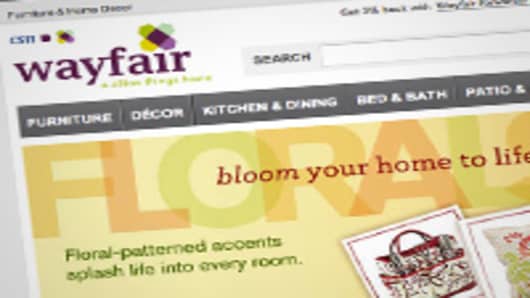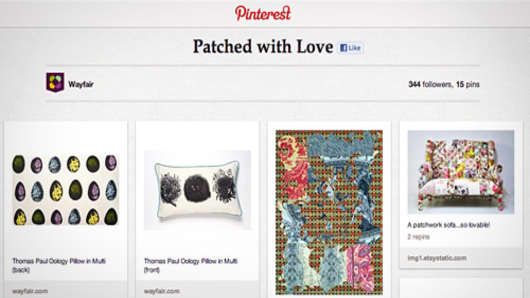Retailers may want to take a hard look at online sharing site Pinterest if they aren't already doing so.
Evidence continues to suggests that the social media website is a good way to generate customer leads. That's certainly is the experience Wayfair, an ecommerce company that sells home furnishings, is having.
Wayfair CEO Niraj Shah said his company has found that customers that come to its website from Pinterest have a 70 percent larger ticket overall than those that come from other social media sites.
"The social channel has a higher average order size," Shah told CNBC. He suspects that when customers come to Wayfair from social media sites they are already "inspired" to make a purchase.




